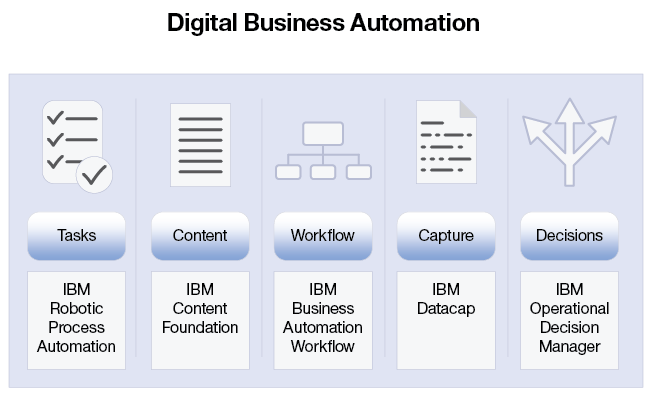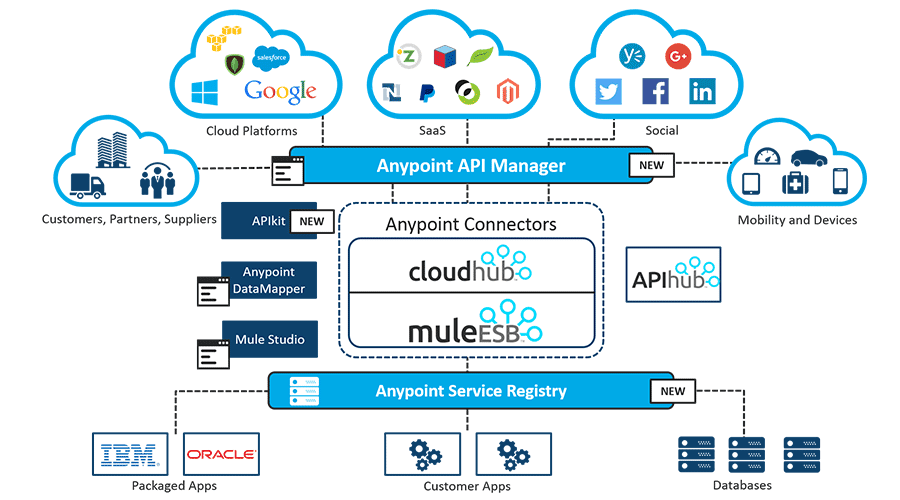Home
- Home
- Blog
Author :
Global TechHub

Introduction What is the difference between web APIs and web services?. All web services are APIs, but not all APIs are web services. Web APIs and web services are often confused with each other; however, web APIs are an evolution of web services. Both facilitate information transfer, but web APIs are more dynamic than web services are. What is a web service? By definition, a web service is any piece of software that makes itself available over the Internet and standardizes its communication via XML encoding. A client invokes a web service by sending a request (usually in the form of an XML message), and the service sends back an XML response. Web services invoke communication over a network, with HTTP as the most common means of connectivity between the two systems. For many, web services are synonymous with SOA (Services Oriented Architecture) and primarily rely on standards such as XML-RPC and SOAP (Simple Object Access Protocol). One of the primary criticisms of the ...
Author :
Global TechHub

Introduction In this article, I am going to explain about Anypoint Studio. Anypoint Studio is MuleSoft’s Eclipse-based integration development environment for designing and testing Mule applications. Anypoint Studio features enhance your productivity when building Mule applications: Ø Instant run of your Mule application inside a local runtime Ø Visual editors to configure API definition files and Mule domains Ø Push changes to a local running app to test changes Ø Integration with Exchange to import templates, examples, definitions and other resources from your Anypoint Platform organization Ø Embedded unit testing framework Ø Built-in support to deploy to CloudHub Anypoint Studio 7.x only supports Mule 4.x projects, and Studio 6.x only supports Mule 3.x. The structure of the project, export format, XML and scripting language are different. It isn’t possible to embed Mule 3.x runtimes or older versions into Anypoint Studi...
Author :
Global TechHub

Introduction In this article, I am going to explain some of the new features of Business Automation Workflow V18.0.0.1. Business Automation Workflow V18.0.0.1 combines IBM® Business Process Manager and IBM Case Manager in a single product and a single installation. IBM Content Navigator and the Content Platform Engine are included in the product installation. Business Automation Workflow V18.0.0.1 is now available for you to download and upgrade today. Overview IBM Business Automation Workflow 18.0.0.1 highlights Ø Experience multiple features from unified products Ø The changes to the product's terminology Ø Experience enhanced usability in the web IBM Process Designer o Organize library items in custom smart folders o Gain greater insight into problems in scripts through improved validation Ø Monitor system maintenance data in the Process Admin Console Ø Import environment variables and servers from other process applications or toolkits Ø Identif...
Author :
Global TechHub

Introduction OpenAPI Specification (formerly Swagger Specification) is an API description format for REST APIs. An OpenAPI file allows you to describe your entire API, including: v Available endpoints (/users) and operations on each endpoint (GET /users, POST /users) v Operation parameters Input and output for each operation v Authentication methods v Contact information, license, terms of use and other information. API specifications can be written in YAML or JSON. The format is easy to learn and readable to both humans and machines. In this article, I am going to explain basic Structure of OpenAPI Specification. Overview You can write OpenAPI definitions in YAML or JSON. In this guide, we use only YAML examples but JSON works equally well. All keyword names are case-sensitive. A sample OpenAPI 3.0 definition written in YAML looks like: Metadata Every OpenAPI specification starts with the openapi keyword mentioning the version of t...
Author :
Global TechHub

Introduction If you're looking for MuleSoft Interview Questions for Experienced & Freshers, you are at right place. There are lot of opportunities from many reputed companies in the world. According to research MuleSoft has a market share of about 5.9%. So, You still have opportunity to move ahead in your career in Mule ESB. There are different positions open as Mule ESB Developer, Mule ESB architect, Mule ESB engineer, Mule ESB consultant, Mule ESB expert, etc across many top IT hubs. Overview What is ESB? An enterprise service bus (ESB) is software architecture for middleware that provides fundamental services for more complex architectures. For example, an ESB incorporates the features required to implement a service-oriented architecture (SOA). In a general sense, an ESB can be thought of as a mechanism that manages access to applications and services (especially legacy versions) to present a single, simple, and consistent interface to end-users via Web- or for...

 Global TechHub
Global TechHub